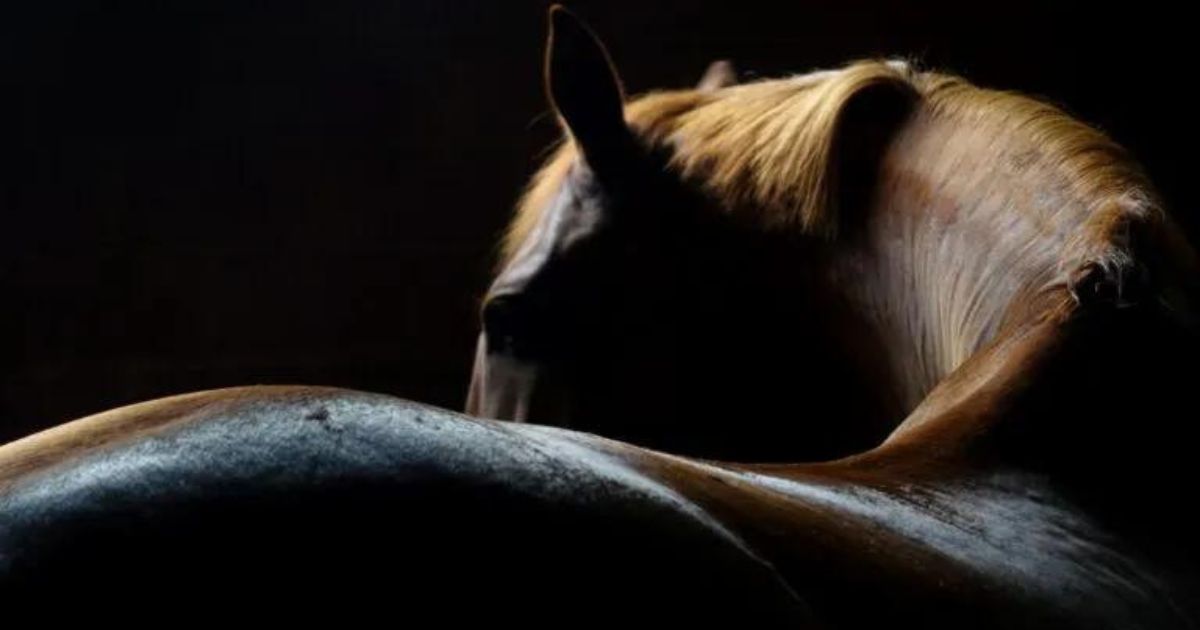Menu

In most cases, back problems affect warmblood horses. Together with Agria Animal Insurance, we provide you with an overview of what to look out for and how to prevent back problems. The affected breeds include Belgian Warmblood, Danish Warmblood, Hanoverian, KWPN, Holsteiner, crosses with half-bloods, Oldenburgers, Westphalians, and other half-blood breeds. The incidence of problems is evenly distributed among them all.
Warmblood horses are at a 4.6 times greater risk of developing back problems compared to other horse breeds.
Tina Antvorskov, Director at Agria Animal Insurance.
The most obvious signs of back problems in a horse are visible soreness and a reaction to being pressed on the back. However, a less apparent sign could be the horse simply not performing at its usual level.
Read also: The 5 biggest problems for horse's in frosty weather
Causes of back problems can be divided into two groups:
One reason that riding horses are often affected is that they are generally trained in a very uniform way. Varied training can thus be a method to prevent many potential back problems, explains Tina Antvorskov: "The horses' skeleton and muscles are only gradually built up if they use their entire body, whereas uniform training leads to tension and tight muscles."
Read also: No riding arena? How to still make the most of your training
With a weekly training schedule, you can easily ensure the horse's activities are varied. The training can include fitness training in forests and fields, ground work, dressage, jumping, competition, and rest days. Another important element is the surface the horse is trained on. Here, variety is also important, so, for instance, switch between riding on fiber sand, asphalt, and forest paths throughout the week.
Especially for horses with kissing spines, the schedule should include training on long lines, training uphill and downhill, loose jumping, or riding focusing on getting the horse to move forward and down, and raising its back, thus separating the spinous processes.
When you mount the saddle, you place your entire body weight on the horse. And if not done correctly, it can cause an uncomfortable twist in the horse's back. Follow this guide for a good mounting technique.
Sources: